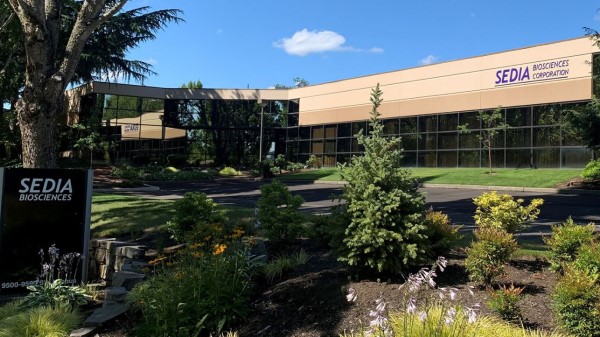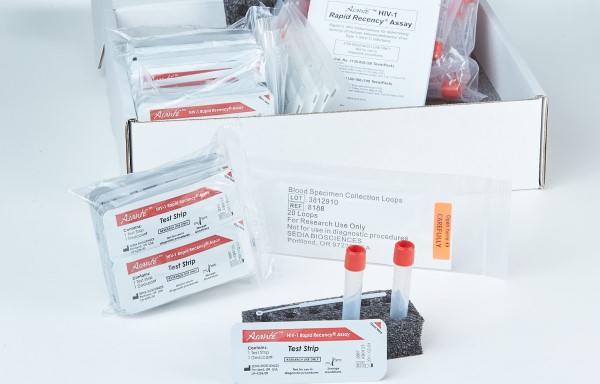Voice of Industry: Sedia 2.x: Scaling up and overcoming challenges, Part 2

Oregon Bio recently caught up with Sedia Biosciences Corp.’s two founders, Roger Gale and Ron Mink, Ph.D. to learn more – not only about how its coping with Covid-19 impacts but more about the company’s innovation strategies. Last week we ran Part 1.
Recently, Sedia worked with the City of Beaverton to relocate to expand product manufacturing capabilities to serve an increasing demand for HIV diagnostic and epidemiological assays, specifically HIV recency diagnostics. Although the company started small in Portland in 2009, just a decade later it now counts 40 employees (and growing), serving global customers in more than 80 countries.
Q: Is Sedia benefitting Enterprise Zone resources or from the Small Business Administration’s Paycheck Protection Program – if yes, how?
A: Yes and the support has been crucial. Sedia has capitalized on financial incentives offered as part of the City of Beaverton’s Enterprise Zone Program to further support that growth beyond 2020. Additionally, we’ve received funding from the PPP program to support our current staff levels and provide COVID-19 protective personnel practices, enabling our continued scale up to meet product demand. The multiplier effect of sustaining our workforce and gaining more revenue can now fuel future ramp up.
Q: What are the top three things Sedia has learned as a biotechnology company in Oregon?
A: Oregon health technology and biosciences sector has grown considerably in the past 10 years. Partnerships with numerous higher academic institutions has, and continues to, help drive this growth. However, some  challenges exist that limit the capacity and growth of the biosciences sector, particularly.
challenges exist that limit the capacity and growth of the biosciences sector, particularly.
First, funding opportunities. The State of Oregon has substantially increased the number and amount of grant funding opportunities for young biotech companies and has helped establish several organizations with the mandate to provide services to such companies. Start-up companies, particularly in the biosciences sector require sustained investment capital opportunities to grow and scale to a competitive level. However, despite these local efforts, local funding opportunities generally in Oregon still lag behind our larger counterparts in California and Washington. Thus, funding to fuel growth continues to be a challenge.
Second, while the pool of scientific candidates with higher degrees coming from universities is every increasing, finding high quality managers with both the life science training and real industry experience can be challenging. One way several companies have overcome this challenge is buy acquiring other companies with such talent.
Third, when a company grows out of its start-up phase, finding appropriate facilities is a challenge for emerging biotechnology sector companies. Often such companies require specialized facilities with unique air handling capabilities. Laboratory or biotech-friendly manufacturing facilities rarely become available in the commercial rental market, and building out such facilities adds considerable costs to early startups and smaller companies, who have limited funding resources and are trying to reinvest in the growth of the business itself. Often, building owners and property managers are not able or willing to make the capital investment to make such physical infrastructure changes without extensive commitments from the biotech occupant.
